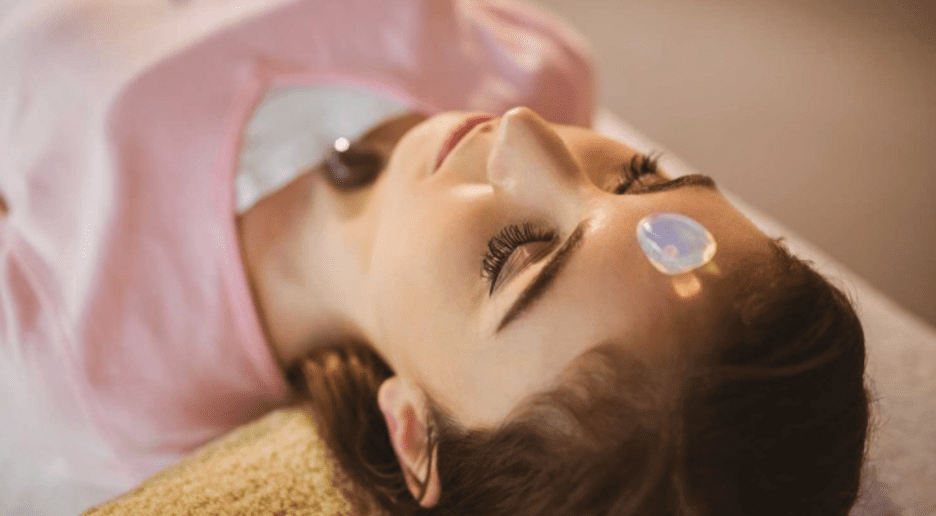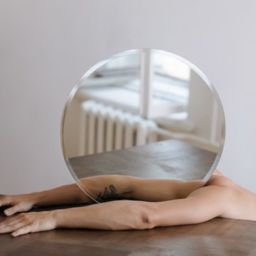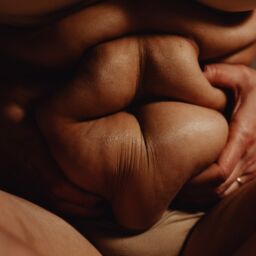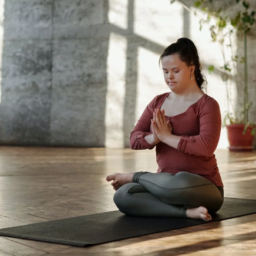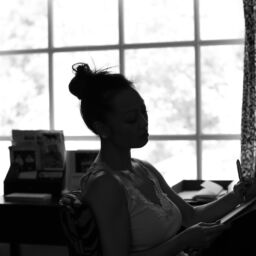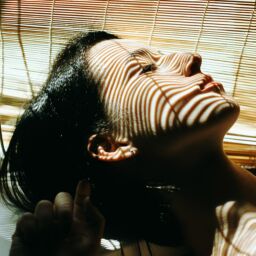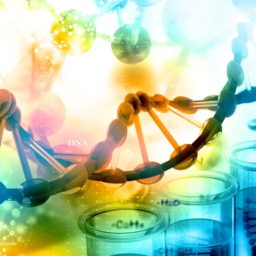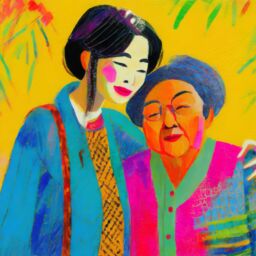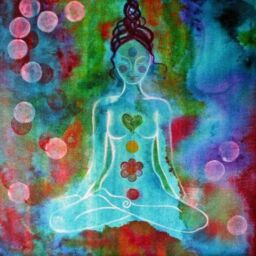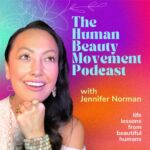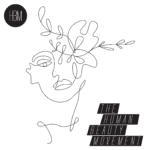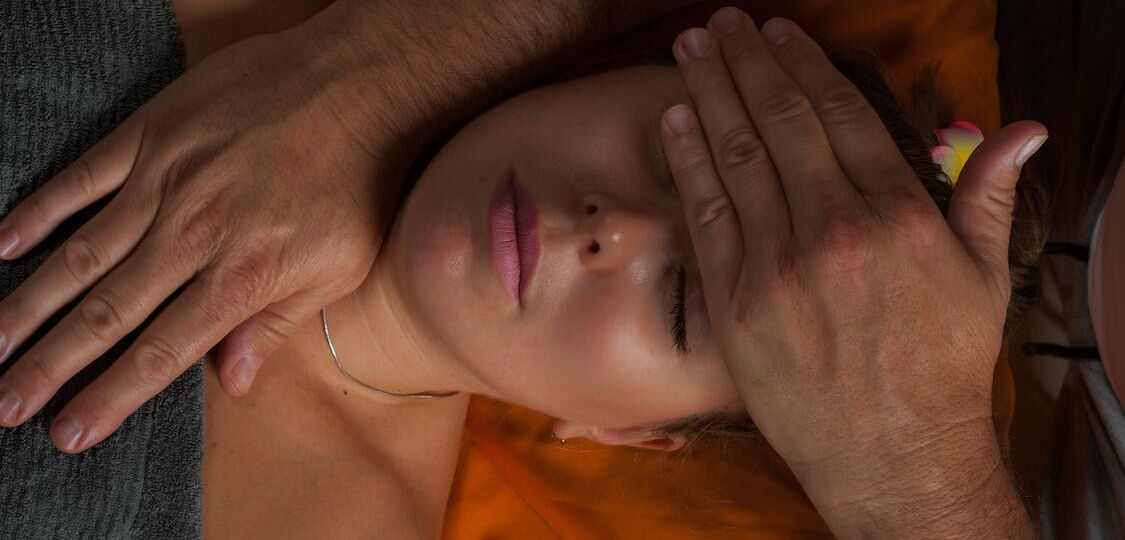
Reiki is a Japanese energy healing technique that was created by Mikao Usui in the early 20th century. According to the International Center for Reiki Training, the practice is based on the idea that we all have unseen “life force energy” flowing through our bodies that keeps us alive.1 While Reiki hasn’t been backed by science, those who’ve experienced it claim that it works miraculously for emotional stress and various medical conditions.
What is Reiki?
The term “reiki” comes from the Japanese words “rei,” meaning universal, and “ki,” meaning the vital life force energy that flows through all living things. According to some practitioners, Reiki is acupuncture without the needles.
It’s believed that you are more likely to get sick and feel anxiety if your life force energy is low, whereas someone with a high life force energy is more likely to be healthy and happy. Therefore, Reiki revolves around increasing the level of this energy in an individual.
To achieve a high level of energy, Reiki practitioners place their hands on or just above specific areas of the body. The belief is that the practitioner can stimulate your body’s natural healing abilities by becoming a channel for energy.
Reiki is a simple and natural method of spiritual healing that has been known to be effective against a variety of maladies and illnesses. Many individuals commonly use Reiki in conjunction with other medical and therapeutic techniques to relieve some side effects and promote a speedy recovery.
Health Benefits of Reiki
According to a 2007 study conducted by the National Institute of Health, 1.2 million adults and 161,000 children in the United States received energy healing therapy like Reiki in the previous year.2 Additionally, according to a different study for the March-April 2017 issue of Holistic Nursing Practice, Reiki is now used by a rapidly growing number of Americans to aid in the healing of various ailments.3
While research on Reiki is limited, there are a few studies that have helped solidify the impact Reiki can have on your whole body. These studies have found that Reiki:
Promotes Relaxation
The most well-documented benefit of Reiki revolves around the relaxation response, which practitioners say invokes the body’s natural healing process.
Dr. Rachel Lampert, M.D., a professor of medicine at Yale School of Medicine, and her colleagues studied 37 patients that were recovering from a heart attack. The patients were randomized into 3 groups: patients who simply rested, those who received 1 Reiki session from a Reiki practitioner, and those who listened to music. The researchers measured the activity of the autonomic nervous system (ANS), which regulates heart rate, blood pressure, digestion, and breathing.
Lampert and her colleagues zoomed in on heart rate variability (HRV), a measure of the pattern of heartbeats that are controlled by the ANS. According to Lampert, the higher the HRV after a heart attack, the better the outlook for the patient.4
In the study, the patients who received Reiki had a higher HRV and improved emotional state than the other two groups of patients.
Eases Physical Pain and Improves Quality of Life
A multitude of studies have addressed Reiki’s role in pain alleviation after knee surgery, post-cesarean section recovery, the restoration of range of motion in injured shoulders, hypertension management, and the improvement of quality of life for patients with rheumatoid arthritis or patients undergoing various cancer treatments.
Zilda Alarcano, a Portuguese researcher, and her colleagues looked at the impact of Reiki treatments versus sham (placebo) Reiki in 2 groups of patients with blood cancer. Each group contained 58 individuals who received an hour-long Reiki treatment once a week for 4 weeks. The sessions were administered by trained Reiki practitioners or someone pretending to perform Reiki (sham Reiki).
The researchers found that the patients who received real Reiki showed significantly more improvements than the other group in general, physical, environmental, and social dimensions of quality of life. Their results were published in the 2016 issue of the European Journal of Integrative Medicine.5
Boosts Mood and Sleep
Research suggests that Reiki helps with depression and insomnia. A 2012 study in the Indian Journal of Positive Psychology involved 40 women who suffered from anxiety and depression. Half of the group received a Reiki treatment 2 times a week for 10 weeks, while the others received no Reiki treatments. The women who received Reiki saw significant improvements in both their sleep quality and depression symptoms.6
In another study, researchers at Harvard Medical School followed 99 patients at multiple sites to determine the effects of 1 Reiki session. The study, which was a single-arm effectiveness study published in the 2019 issue of the Journal of Alternative and Complementary Medicine, found significant improvement in anxiety and depression symptoms, as well as nausea and pain.7
What Happens During a Reiki Session?
Even though Reiki boasts many holistic benefits, you may be hesitant or nervous to see a Reiki practitioner for a session, and those feelings are completely normal. However, based on your wishes, Reiki sessions can last just 20 minutes or up to 90 minutes. On top of that, you’ll always want to meet and learn about your practitioner before your first session.
Reiki practitioners have a passion to help you, so be sure to let them know:
- Your expectations or intentions
- The areas of the body you’d like them to focus on
- If you’ve experienced any injuries
- Places on your body that are sensitive to touch
- Places on your body that are off-limits
During a Reiki session, you’ll be asked to sit in a comfortable chair or lie down on a table, fully clothed. Your Reiki practitioner will then place their hands lightly on or over specific areas of your head, limbs, and torso. Practitioners typically keep their hands in this position for 3-10 minutes to complete the energy transfer.
For the most part, there won’t be any talking during the session, but you should always let your Reiki practitioner know if there’s something you need to feel more comfortable or to share what you’re experiencing.
Crystals and Reiki
Many Reiki practitioners combine crystal healing with Reiki for added balance and to speed the body’s natural healing ability. If crystals are used during a Reiki session, they’re usually placed on or around your body or you may be asked to hold a crystal. While there’s not much research that supports the use of crystals to improve health, there have been numerous claims that they have a calming effect and help with healing.
Crystals that may be used during a Reiki session are:
- Rose Quartz: Purifies and opens the heart at all levels to promote self-love, friendship, deep inner healing, and a feeling of peace.
- Amethyst: Ensures emotional stability, reduces the strength of negative emotions and calms the mind.
- Moonstone: Soothes emotional stability and cleanses negative energy from your chakras.
- Topaz: Soothes, heals, stimulates, recharges, remotivates, and aligns the meridians of the body by directing energy where it needs to go.
Reiki Healing for Beginners
Reiki is one of the safest energy healing modalities that anyone can learn to restore and strengthen their ki. While professional Reiki practitioners train for years to understand and navigate subtle energy shifts, you can also learn to work with energy and impact the flow of others quickly and in the comfort of your own home.
Here are a few novice Reiki techniques you can try on yourself and others:
First Step: Receive Energy
To begin any Reiki practice, you must activate the energy within yourself. Close your eyes and take a few rounds of deep breaths. Imagine the crown of your head opening and a stream of white light flowing from the top of your head, into your heart, and out through your hands and arms. Ask to be filled up with energy where you need it the most. This way, if you offer Reiki to a friend or family member, you will be full of energy.
As you feel the energy fill you, continue to breathe. If you find your mind becoming scattered or starting to question the process, regroup your mind and come back to your breath. Envision yourself as a vessel for healing, and then set an intention or prayer to receive healing energy of the highest good.
Reiki for Sleep
To give a sleep-focused Reiki session to a loved one, ask the recipient to lie down while you position yourself near their head. Imagine a steady stream of healing light going from your hands into the back of your head, clearing the mind of any pain or discomfort experienced recently.
Ask the recipient to take several deep breaths and slowly count an inhale of 3 seconds and an exhale of 3-5 seconds. Additionally, tell them to slowly navigate through their whole day one memory at a time and to thank each memory before letting it go with each breath.
Allow them to drift off as you continue to channel the energy through your palms and send the healing light into their body. Imagine the body becoming healed, relaxed, and ready for a good night’s rest. You can offer this Reiki session for as long as needed, but 15-30 minutes is most often enough to have the recipient feeling calm and ready for bed.
Reiki for Anxiety
Often, when people are experiencing anxiety and stress, they end up not breathing properly. This shortness of breath just causes more stress and ends up in a domino effect, worsening over time. During the Reiki session to address this, your goal is to channel energy down the recipient’s shoulders and into their body.
Place your hands on their shoulders for 10-15 minutes. Focus on sending energy to their whole body while breathing deeply with them. If the person you’re performing Reiki on is lying down, you can place your hands behind their head for added calmness.
Last Step: Sealing Off Energy
It’s important to offer gratitude, cleanse yourself, and close the energy once you’ve completed a Reiki session. This process can be as simple as stepping back, wiping your hands of any excess energy, and placing them in prayer to thank yourself, the energy, and the recipient for the exchange.
How to Find a Reiki Practitioner Near You
Professional associations are a great way to locate practitioners and teachers who take Reiki very seriously. The Reiki Alliance, the International Reiki Association, and the International Association of Reiki Practitioners offer tools for locating Reiki practitioners in your area.
Before booking a Reiki session, it’s important to know that Reiki is non-invasive and known to be safe, but is not intended to replace doctor-approved treatment plans. It should be used as a supplemental medicine for those who wish to participate.
Have you tried Reiki? How was the experience? Let us know in the comments!
References:
https://www.reiki.org/faqs/what-reiki [1]
https://pubmed.ncbi.nlm.nih.gov/19361005/ [2]
https://pubmed.ncbi.nlm.nih.gov/28181973/ [3]
https://pubmed.ncbi.nlm.nih.gov/20828654/ [4][5]
http://www.i-scholar.in/index.php/ijpp/article/view/53354 [6]
https://www.liebertpub.com/toc/acm/8/6 [7]

